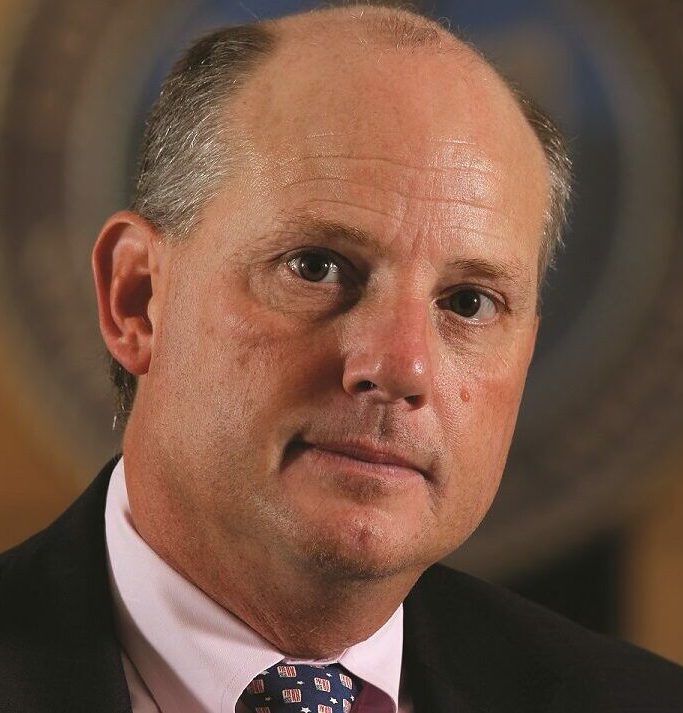Climate change, economic insecurity and inequality, and worries that some companies and industries have grown too large, concentrated, and powerful have heightened concern about whether business entities conduct themselves in society’s best interests. The profound human and economic harm of COVID-19 will only deepen concern about whether our corporate governance system is working well for the many or instead subordinating the interests of employees and society to please the stock market. As a result, we are witnessing an increased demand that corporations, and the institutional investors who control the bulk of their stock, respect the best interests of society and all corporate stakeholders, not solely stockholders. The buzz abbreviation for this is ”environmental, social, and governance” (ESG), or, as one of us has called it, “EESG” (the extra “E” is for employee — a crucial but often missing component in the ESG discussion).
For corporate directors and managers, this demand is a mixed blessing. Fortunately, many corporate fiduciaries believe that companies are most likely to create sustainable profits if they in fact act fairly toward their employees, customers, creditors, the environment, and the communities the company’s operations affect. More cynically, corporate fiduciaries fear that this is another “of the moment” movement that will simply pile additional checklist items on top of the already-extensive list of duties imposed on them over the past several decades. Boards and management teams are struggling to situate EESG within their existing reporting and committee framework and figure out how to meet the demand for greater accountability to society while not falling short in other areas.
In a recent paper, we propose a way of thinking about EESG that might be helpful to directors and senior managers seeking to efficiently and effectively create a corporate culture and policies that promote ethical, fair, and sustainable behavior without simply heaping additional hours and work on already-stretched employees and directors.
To develop the framework for this proposal, we explain the relationship of the supposedly novel and enhanced concept of EESG to the pre-existing duty of corporations and their directors to implement and monitor compliance programs to ensure that the company honors its legal obligations. This longstanding duty, associated with the Delaware Court of Chancery’s landmark decision in In re Caremark International Inc. Derivative Litigation, but rooted in the much older requirement that corporations conduct only lawful business by lawful means, overlaps with and should be integrated into companies’ decisions to hold themselves to even higher levels of responsibility.
Understanding and acting on the need to merge EESG and corporate compliance will improve the ability of corporations to do this important work with less stress but more impact. If a company decides to do more than the legal minimum toward its employees, its consumers, the environment, and society as a whole, and implements strong EESG policies and standards to hold itself accountable to those objectives, it will simultaneously satisfy legitimate demands for strong EESG programs and promote compliance with law. By aiming to be better than necessary, you should at least do what is required.
Building on this framework, we also give some suggestions about how directors and managers can implement an integrated compliance and EESG policy efficiently and effectively. Most importantly, we focus on the need to ensure that relevant issues are allocated in a sensible way not only at the management level, which ensures that the appropriate expertise and judgment is brought to bear on the risks companies face and pose to their stakeholders, but also that corresponding reporting and accountability structures exist at the board level. Without a sensible allocation of responsibility and the recognition that diverse expertise is needed to effectively address diverse risks, companies hazard missing key warning signals and failing to turn lofty goals for responsible behavior into effective action. In particular, we suggest revisiting the allocation of committee-level responsibility for compliance and EESG policy.
Our approach should appeal to both boards of directors and those who advocate EESG as a means of redressing the social inequities of our legal and political system. Integrating board-level legal oversight with EESG not only should allow directors to more efficiently and effectively ensure that companies satisfy their legal and ethical obligations, but also offers the promise of embedding EESG more firmly within corporate culture and governance, such that EESG does not take a back seat if it becomes less fashionable with the Davos crowd.
With careful thought, corporate leaders can position their companies to better identify and address known and emerging risks; adopt goals for responsible corporate behavior toward workers, other stakeholders, and society; and establish standards and policies designed to promote and measure the attainment of both EESG goals and legal compliance. This will not be easy, but it is long overdue for most companies and will have long-lasting value if it becomes not just a one-off restructuring, but a regular process of serious thought about how the company makes money and how it affects the world in doing so. This thought process could result in more informed business decisions, a more efficient use of the human capital of the board, management and the overall workforce, and best assure a corporate culture that seeks sustainable profit by a commitment to being good citizens. Put plainly, a well-thought-out corporate strategy to be an exemplary citizen in all the areas where the company has a material impact on its stakeholders and society should at the very least result in the corporation establishing a solid reputation as a law-abiding citizen. And that in itself is a good thing.
This post comes to us from Leo E. Strine, Jr., the Michael L. Wachter Distinguished Fellow in Law and Policy at the University of Pennsylvania Carey Law School, the Ira M. Millstein Distinguished Senior Fellow at the Millstein Center at Columbia Law School, senior fellow with the Harvard Program on Corporate Governance, Henry Crown Fellow with the Aspen Institute, of counsel with Wachtell Lipton Rosen & Katz, and former chief justice and chancellor of the State of Delaware; Kirby M. Smith, an associate at Wachtell, Lipton, Rosen & Katz; and Reilly S. Steel, an associate at Cravath, Swaine & Moore LLP. The post is based on their recent article, “Caremark and ESG, Perfect Together: A Practical Approach to Implementing an Integrated, Efficient, and Effective Caremark and EESG Strategy,” available here. The views expressed herein are solely the personal views of the authors and do not represent the views of Cravath, Swaine & Moore LLP or legal advice.
 Sky Blog
Sky Blog


